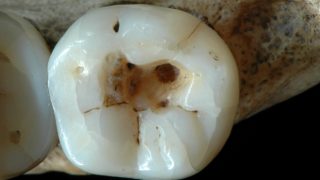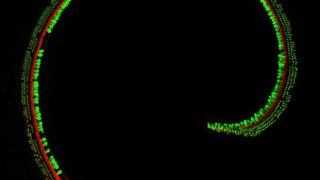
MI weekly selection #145
Humanities & Social Sciences • Science • Technology • Weekly Selection
Carbon dating suggests Quran fragments could be older than once thought Fragments of what’s believed to be the world’s oldest Quran may be older than previously thought, even possibly predating the prophet Muhammad, according to researchers at Oxford University. The text was initially tested by Birmingham University, which used radiocarbon dating to suggest the fragments […]








